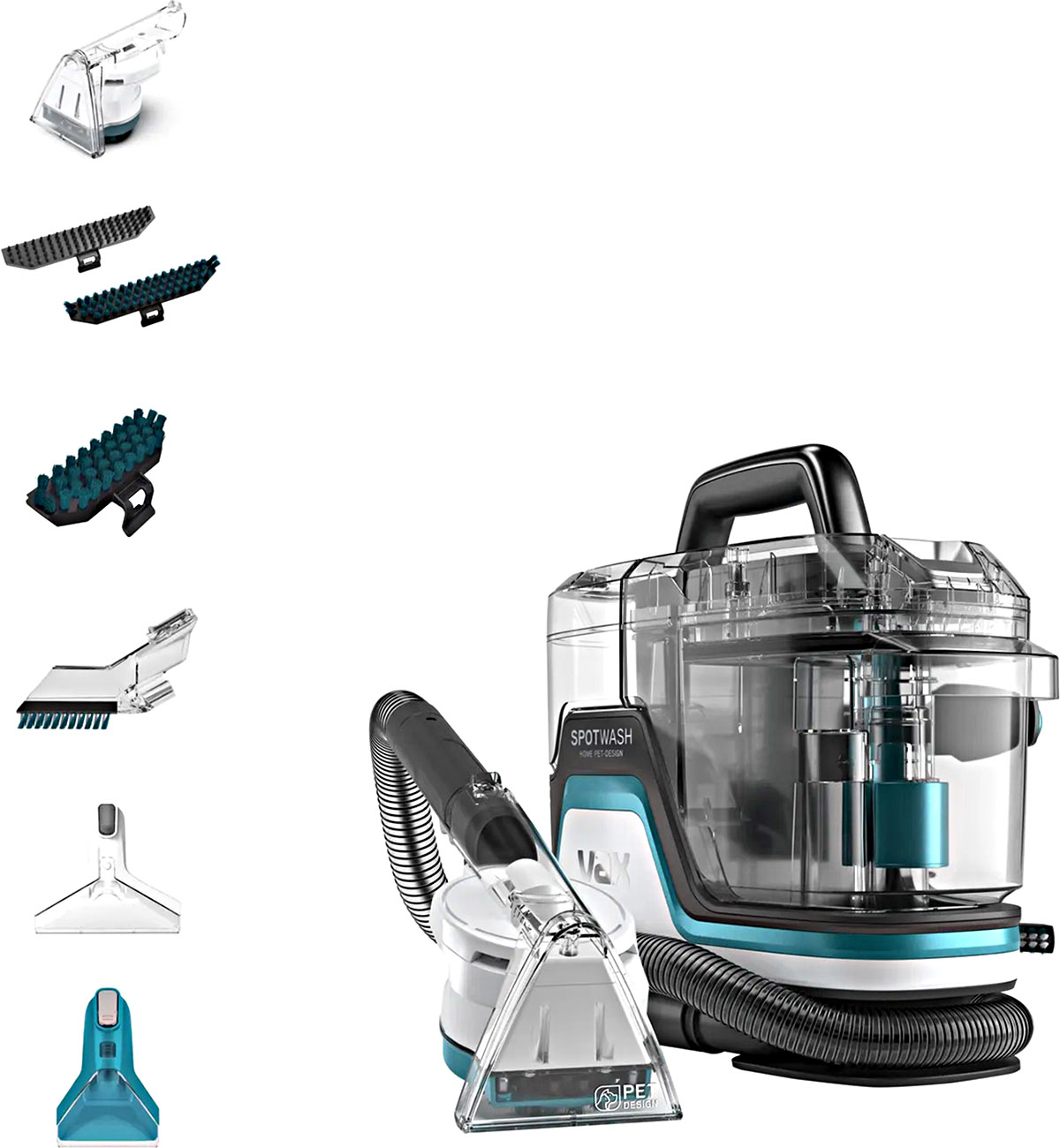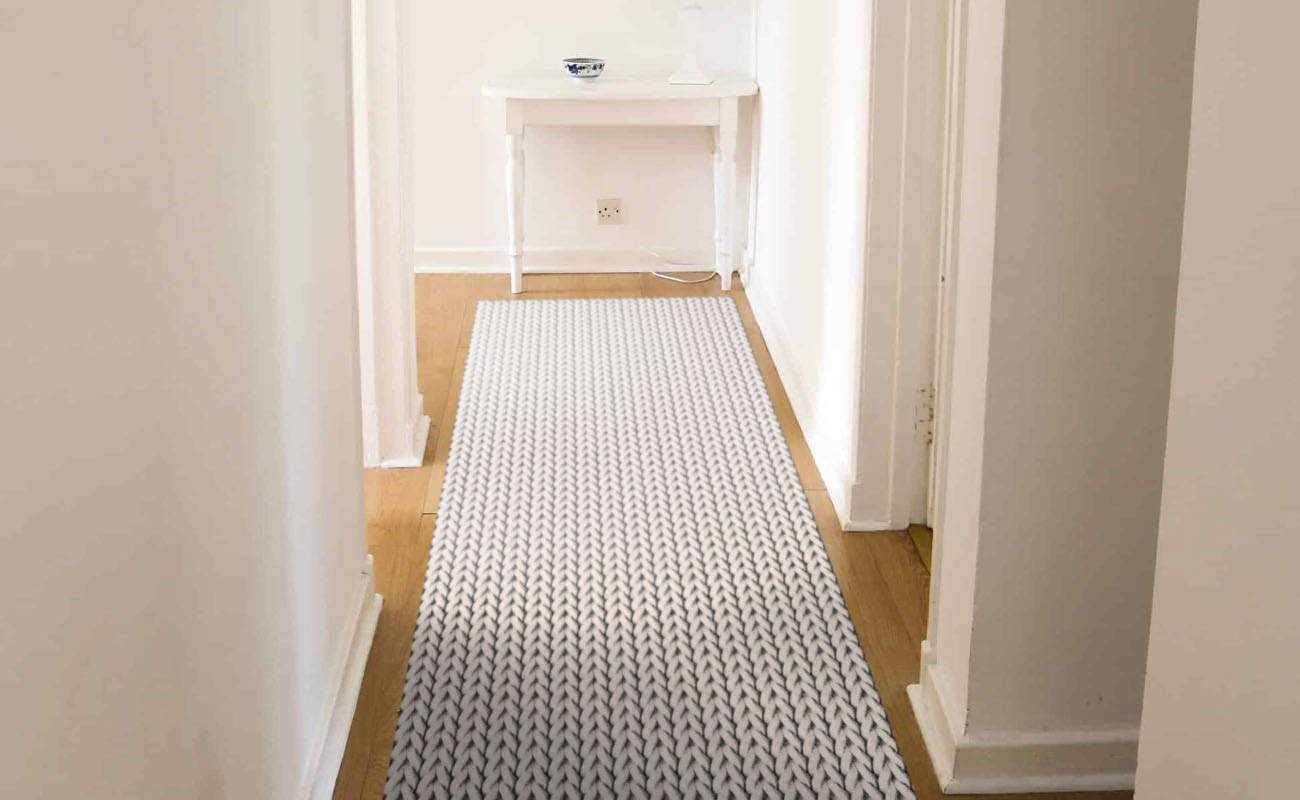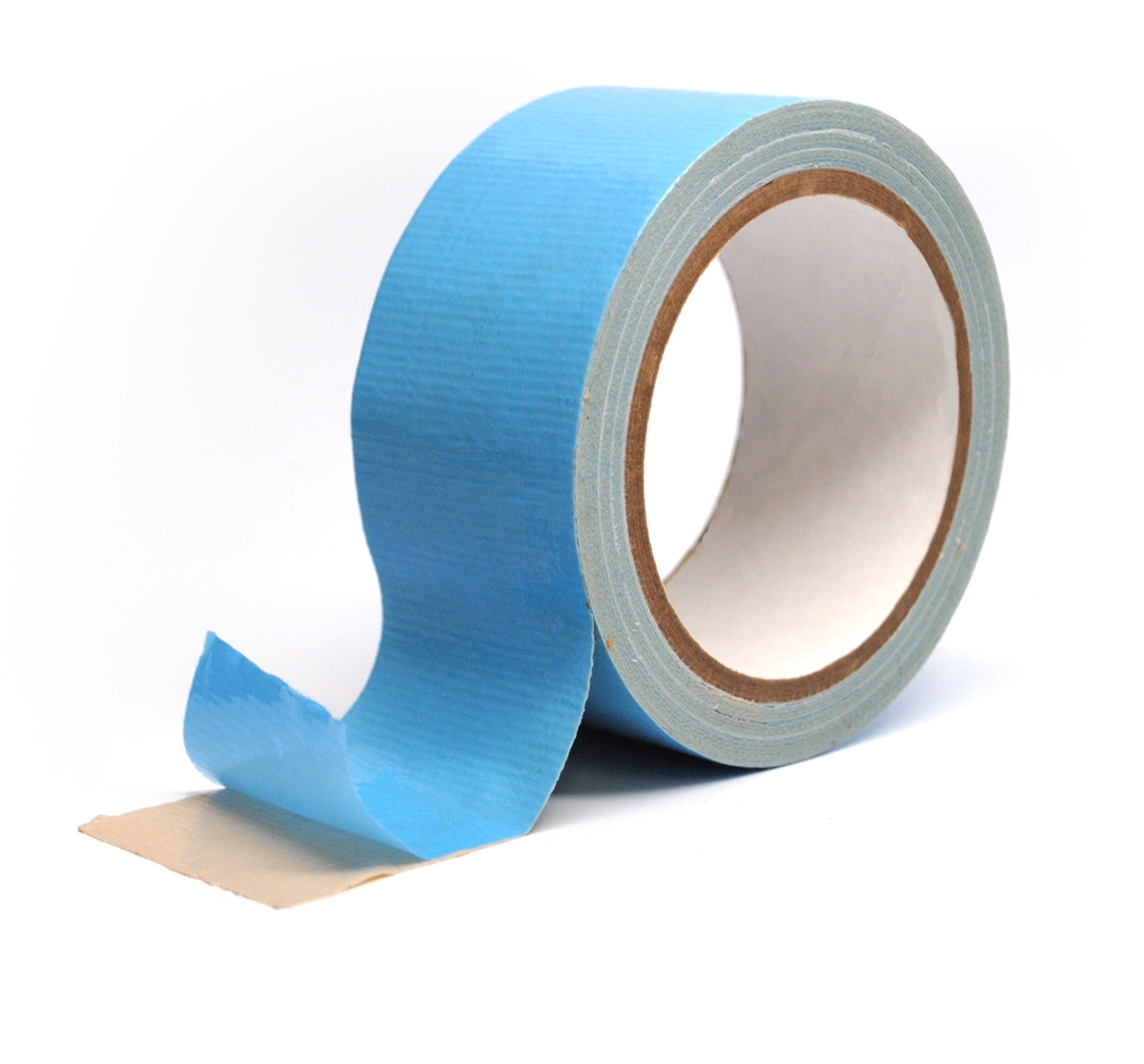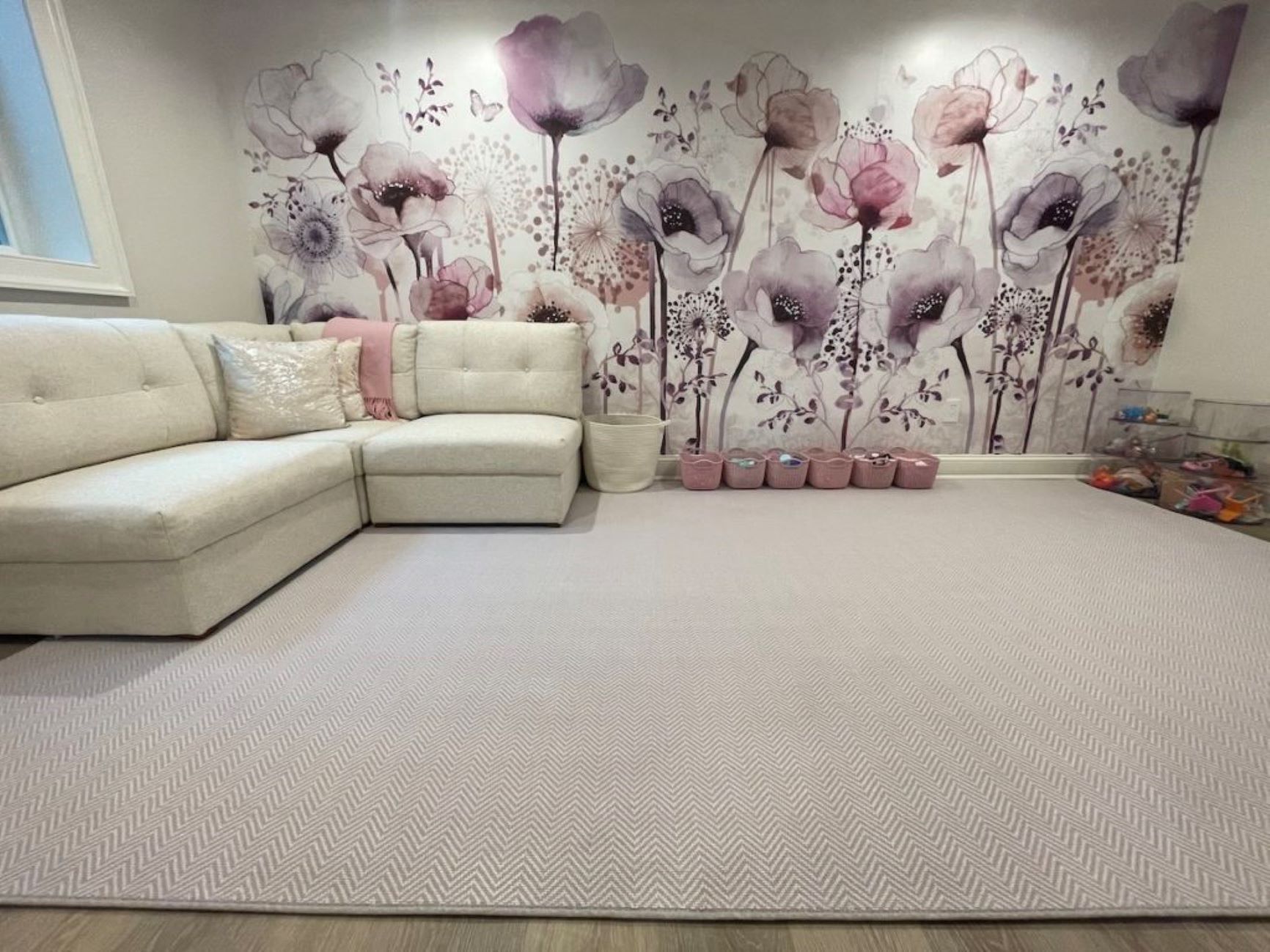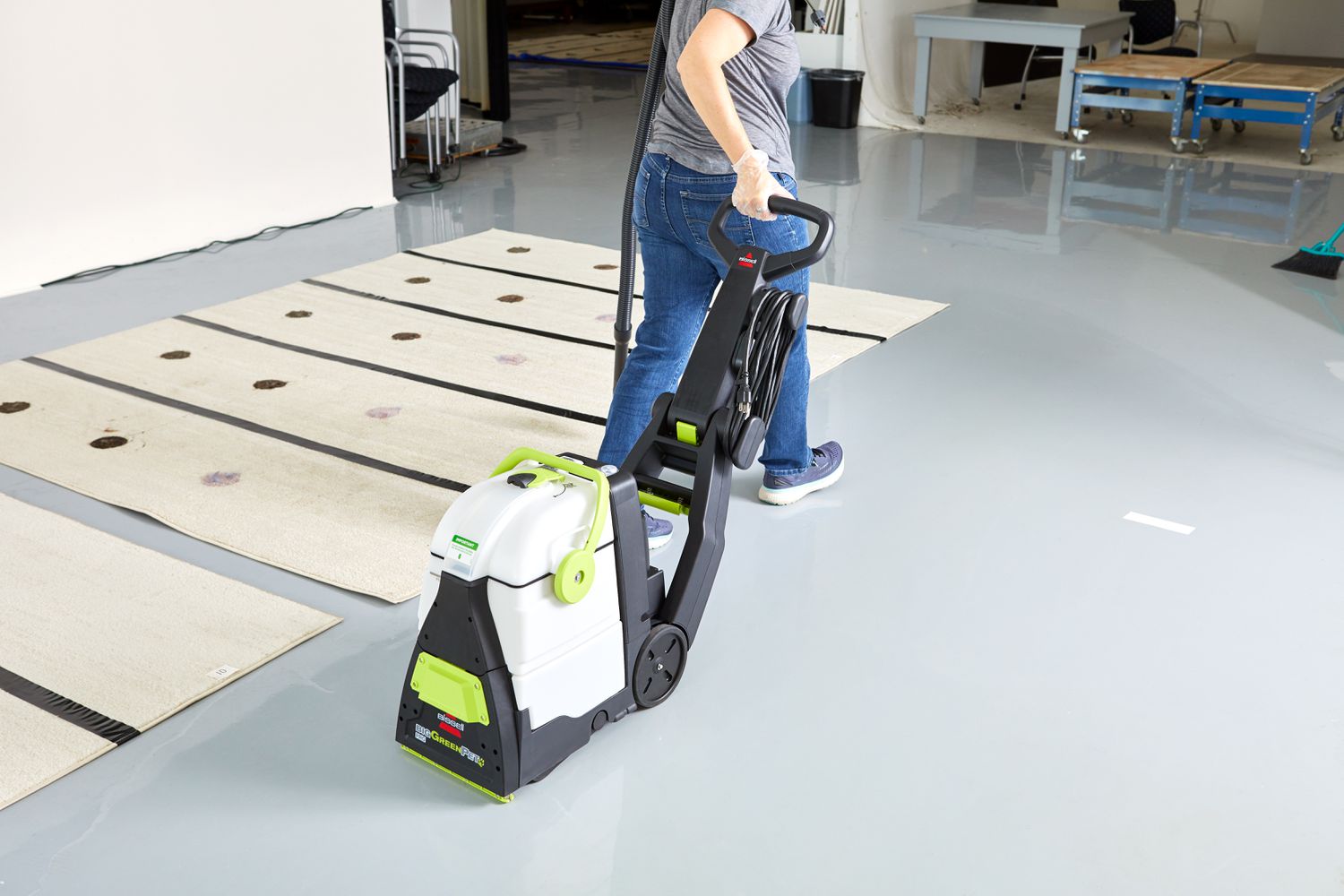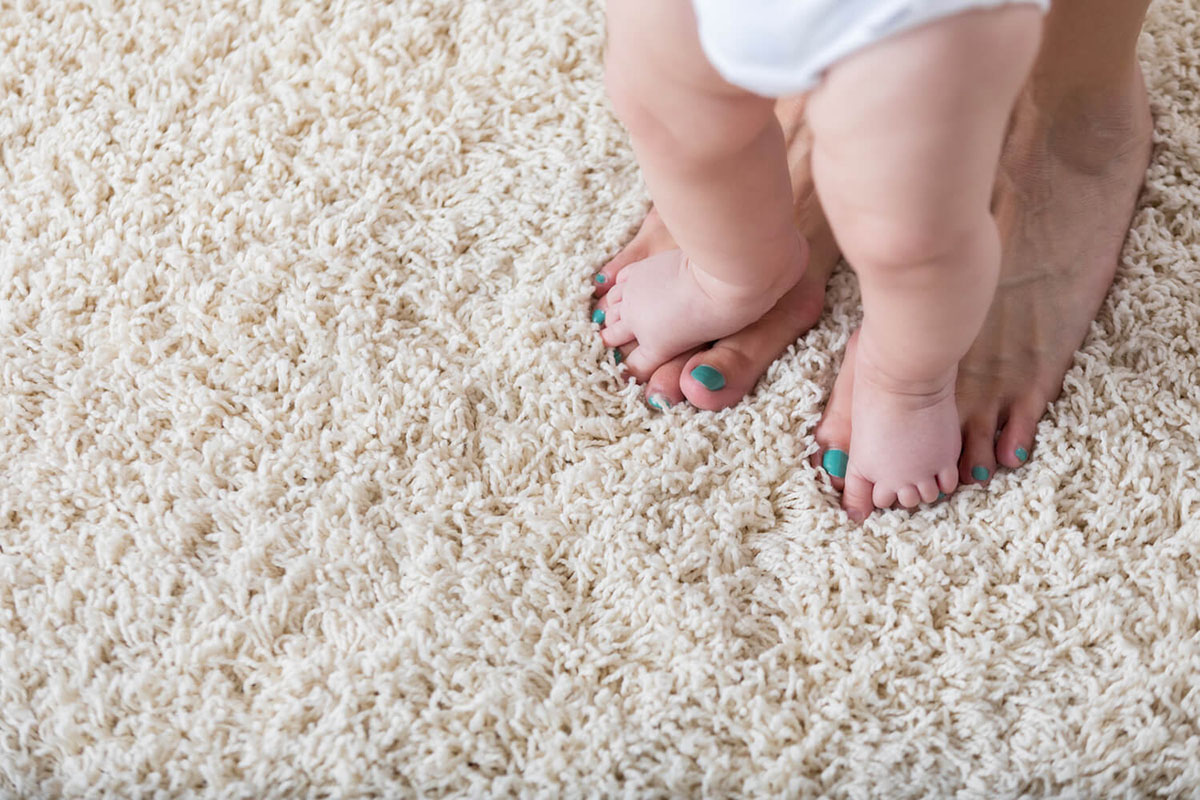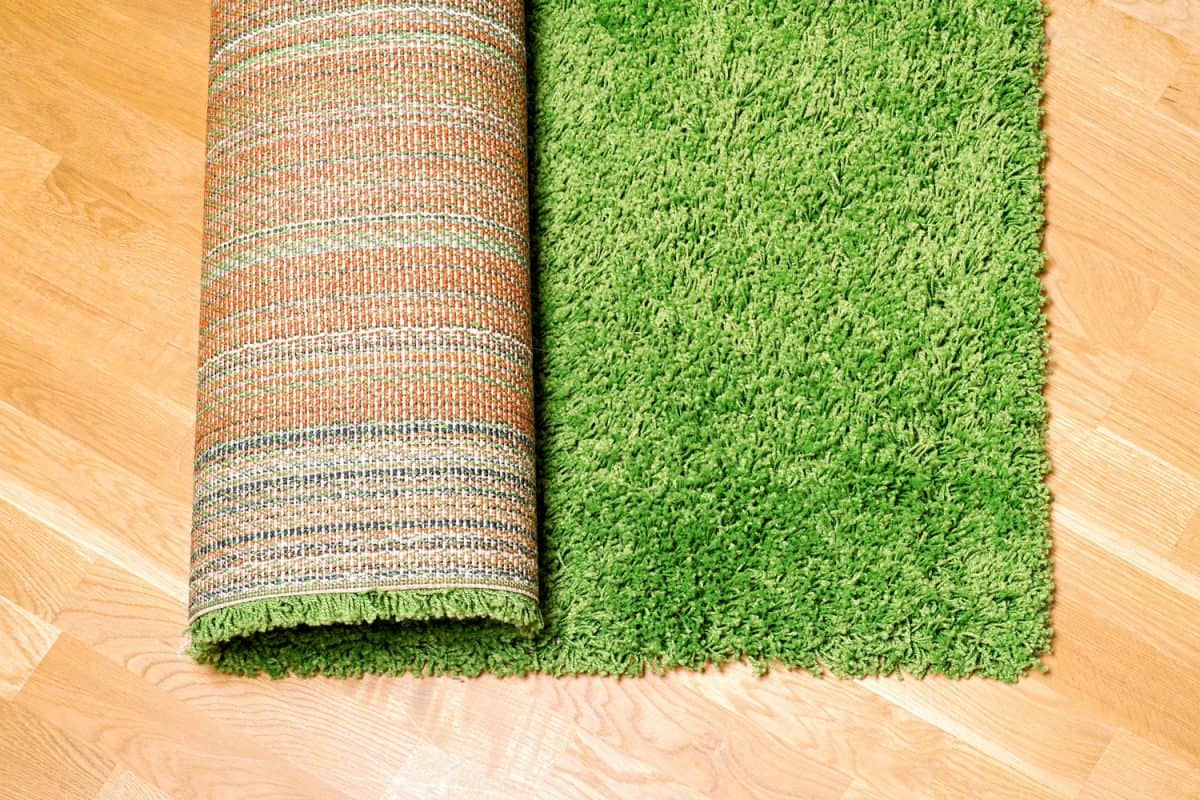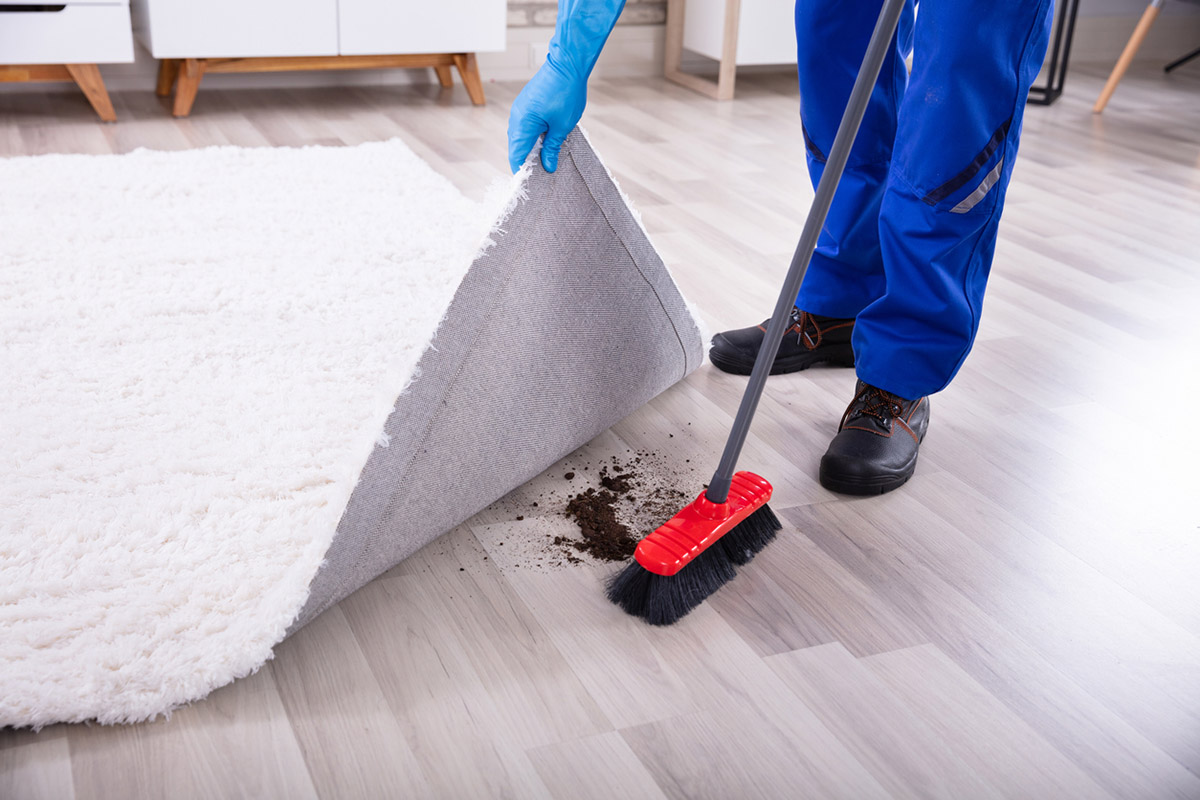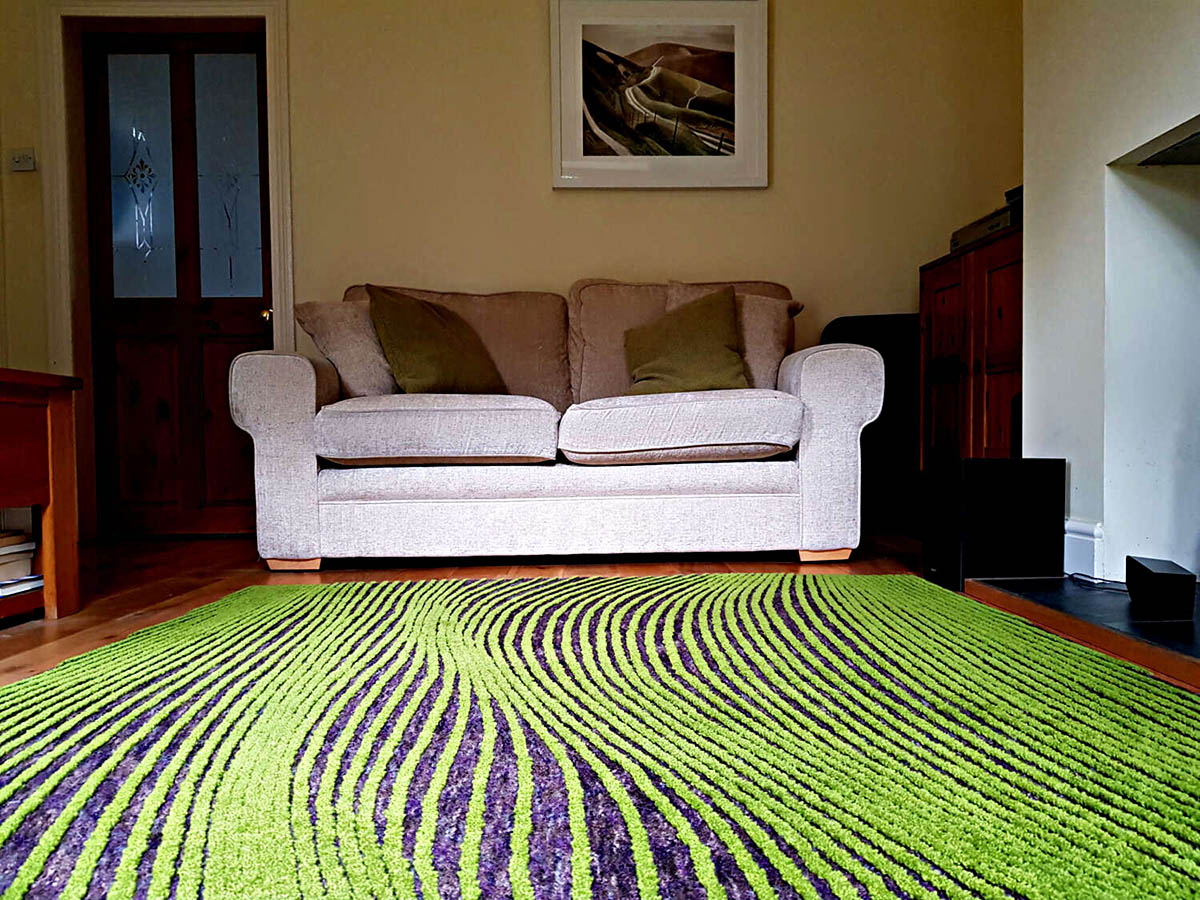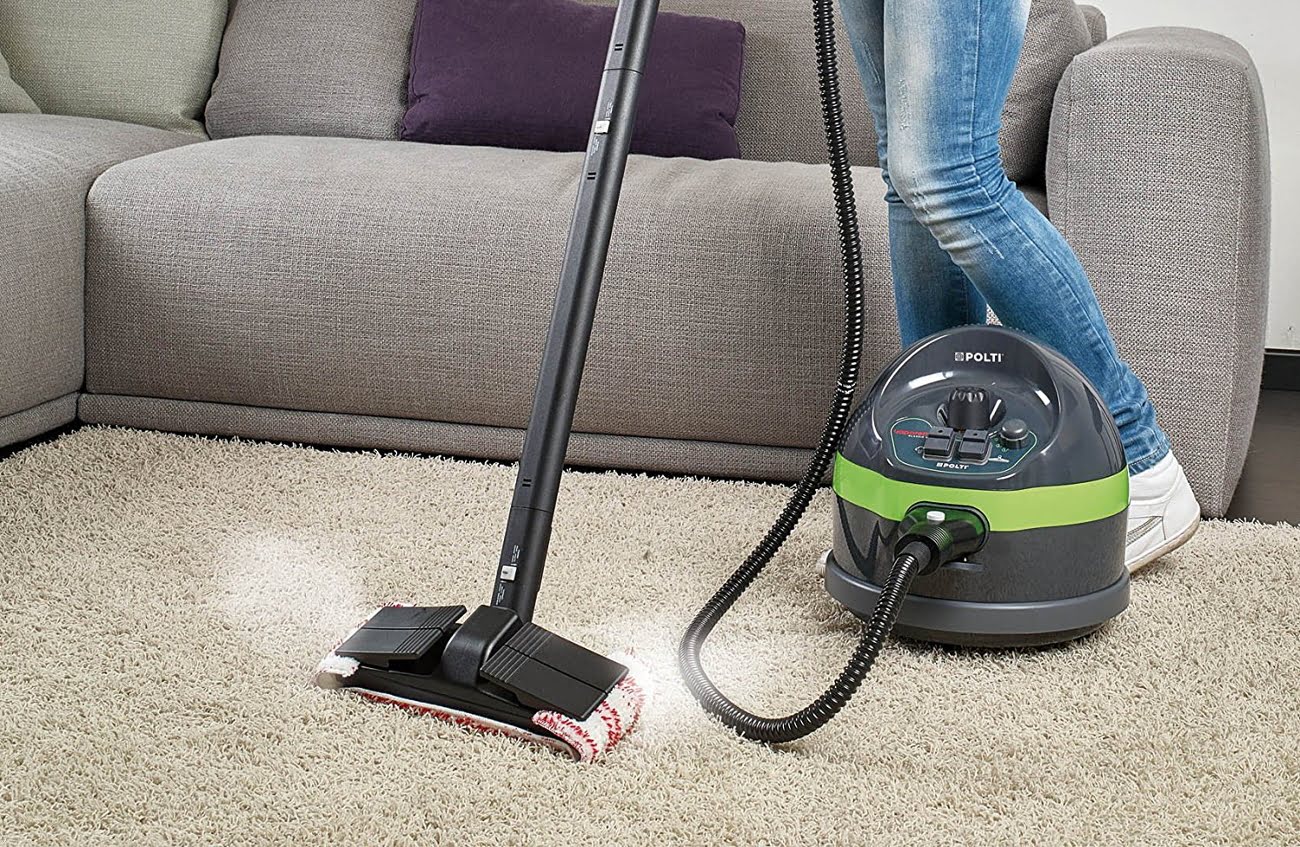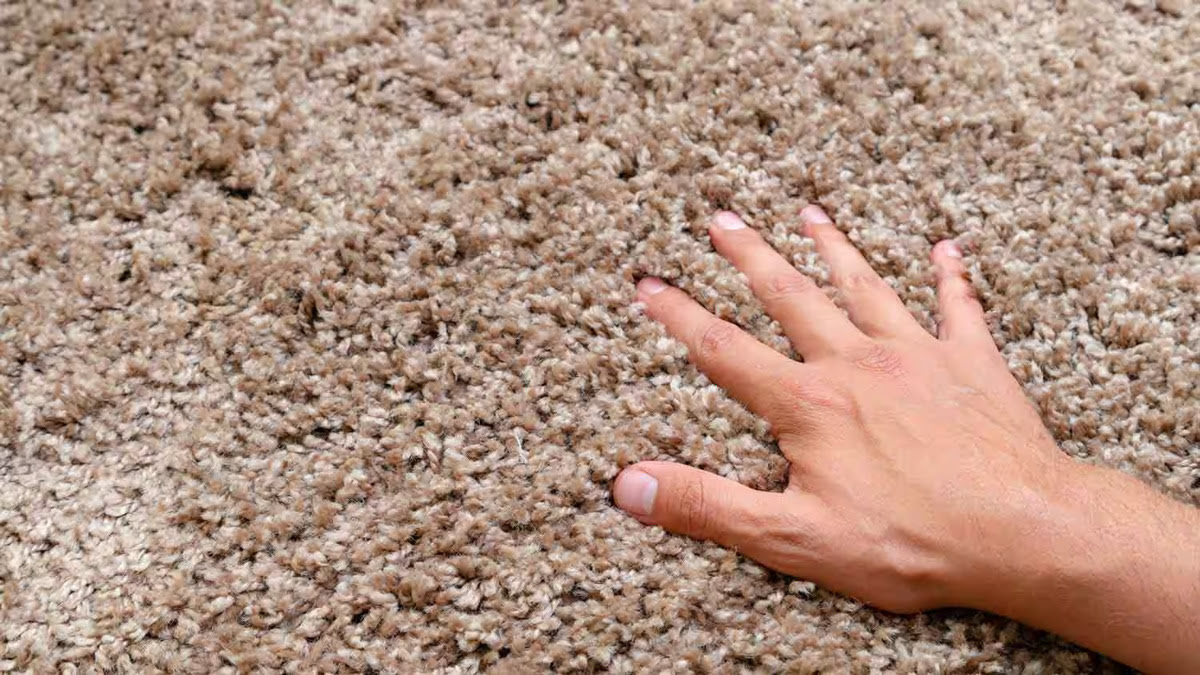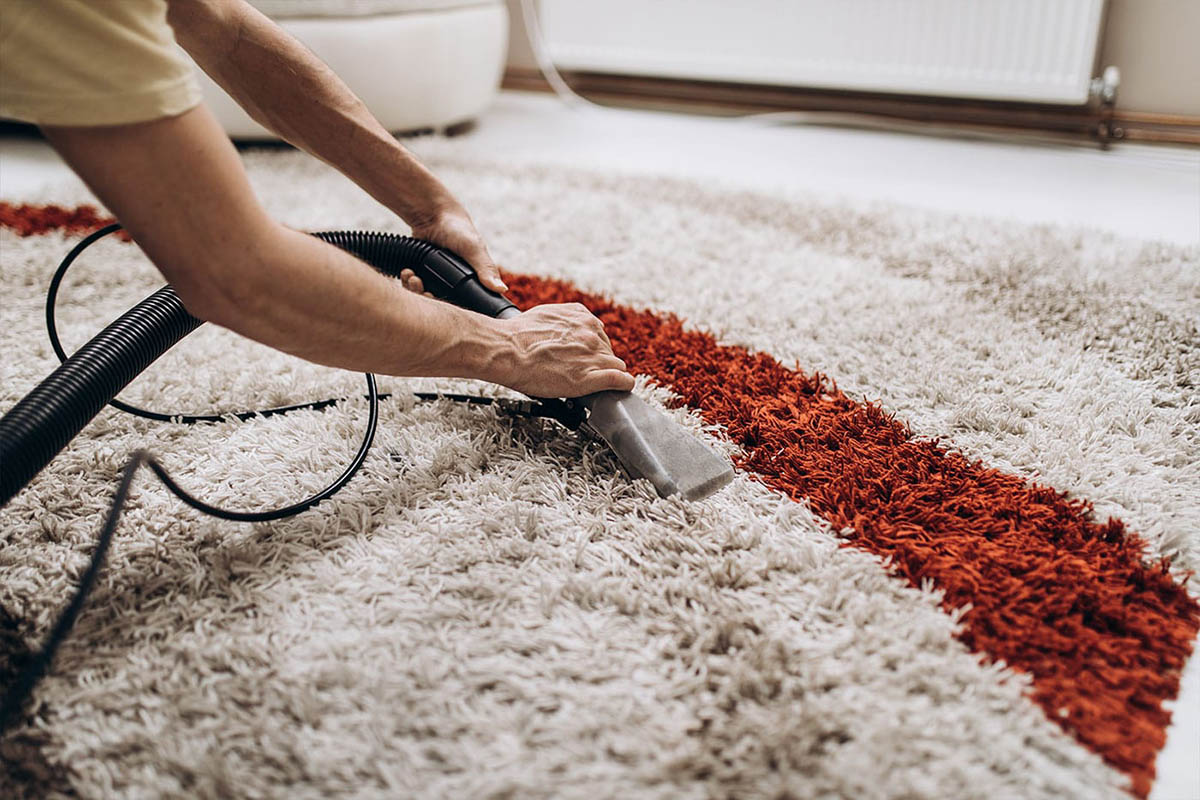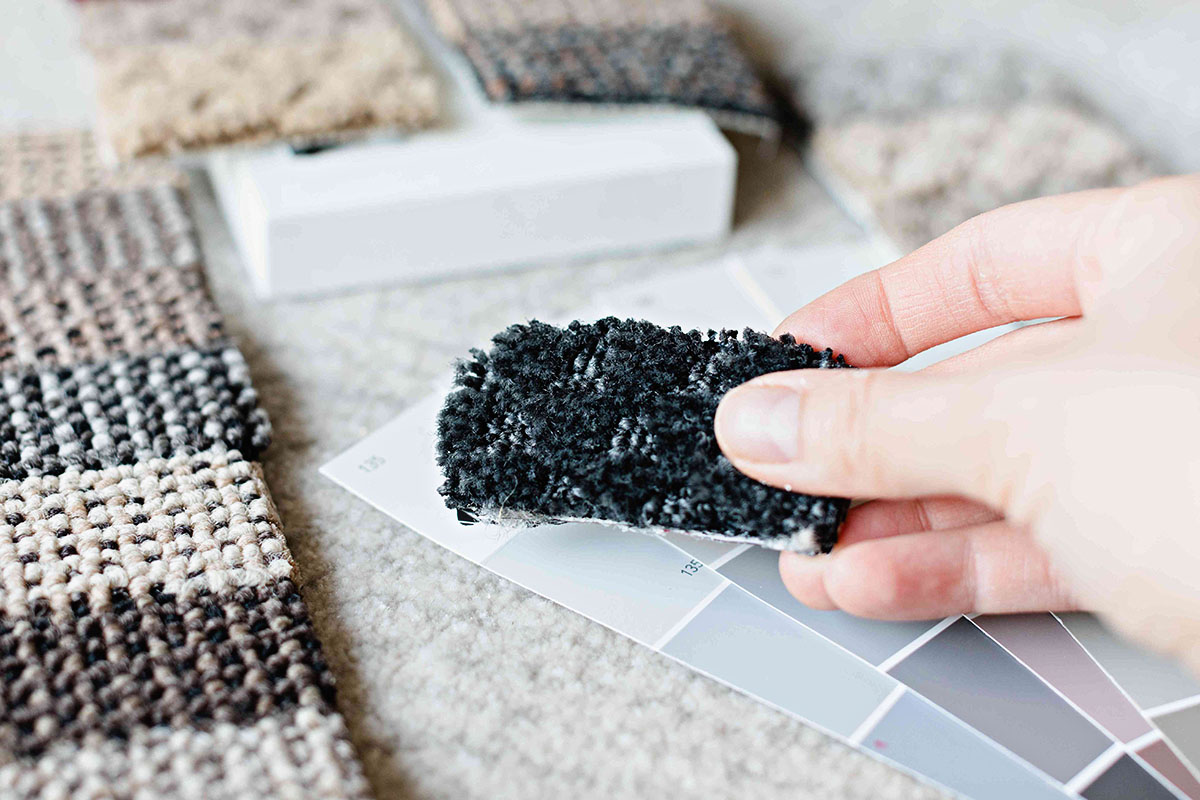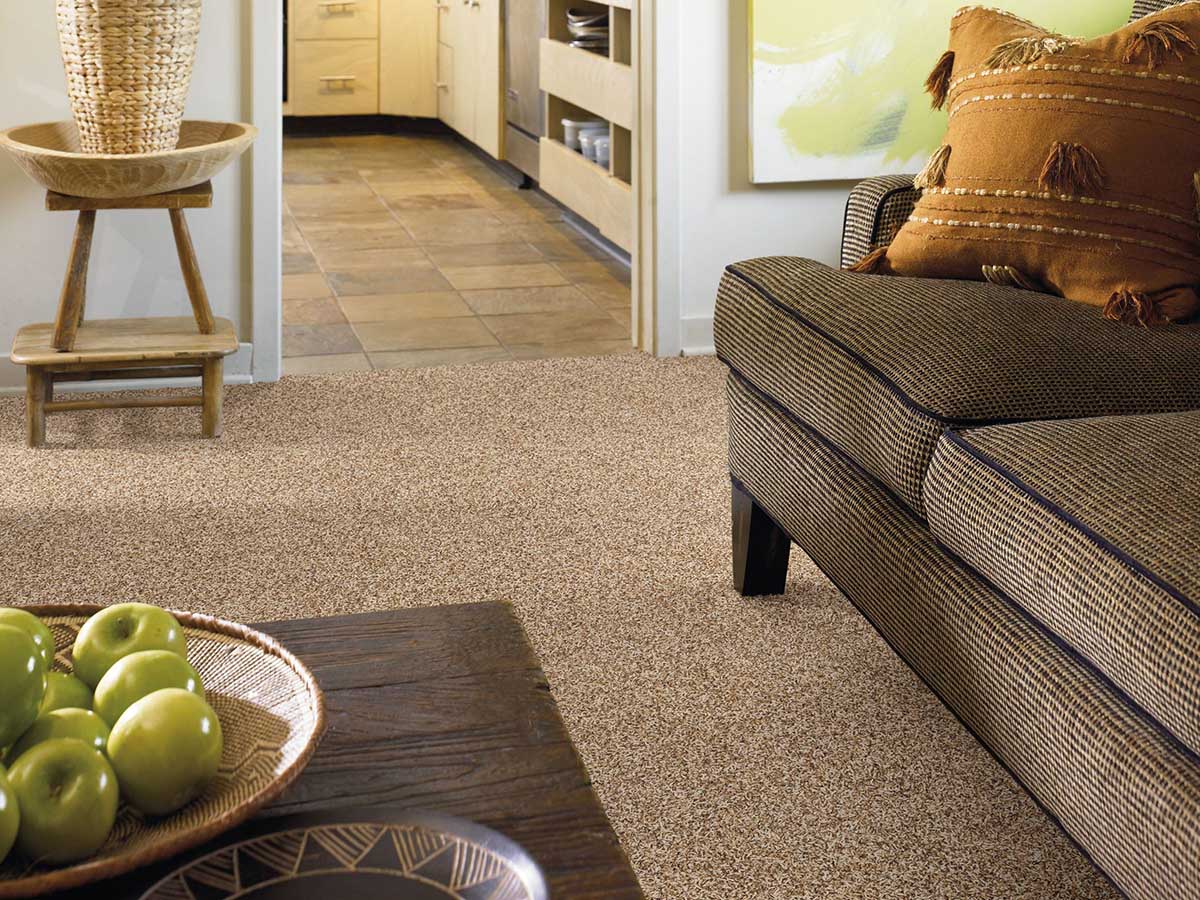

Articles
What Is Frieze Carpet
Modified: February 17, 2024
Discover the benefits and features of frieze carpet in our informative articles. Get all the information you need about this popular carpet style.
(Many of the links in this article redirect to a specific reviewed product. Your purchase of these products through affiliate links helps to generate commission for Storables.com, at no extra cost. Learn more)
Introduction
The world of carpets offers a wide range of options, each with its own unique qualities and characteristics. For those seeking a carpet that combines both durability and style, frieze carpet is a compelling choice to consider. With its distinctive look and practical features, frieze carpet has gained popularity in both residential and commercial settings.
When it comes to interior design, carpets play a crucial role in enhancing the overall ambiance and comfort of a space. Frieze carpet, with its plush texture and elegant appearance, offers a perfect blend of luxury and functionality. In this article, we will delve into the details of what frieze carpet is, its defining characteristics, the advantages and disadvantages, proper installation techniques, cleaning and maintenance tips, popular uses, and comparisons with other carpet types.
Whether you are redecorating your home, remodeling an office space, or choosing flooring options for a new construction project, understanding the features and benefits of frieze carpet will empower you to make an informed decision that aligns with your specific needs and aesthetic preferences.
Key Takeaways:
- Frieze carpet offers a luxurious and durable flooring option with its twisted fibers, plush texture, and ability to hide footprints and stains, making it ideal for high-traffic areas and homes with children and pets.
- Proper installation and maintenance are crucial for maximizing the lifespan and aesthetic appeal of frieze carpet, ensuring that it continues to provide comfort and style for years to come.
Read more: What Is A Carpet
Definition of Frieze Carpet
Frieze carpet, also known as twist or shag carpet, is a style of carpet featuring long, twisted fibers. The term “frieze” refers to the texture of the carpet, with the fibers tightly twisted together to create a unique, textured appearance.
Unlike traditional cut-pile carpets, where the fibers stand straight and upright, frieze carpet fibers are twisted in a way that they curl and bend. This creates a visually appealing, informal look, with a textured surface that adds depth and dimension to any room.
Frieze carpet is known for its luxurious feel and softness underfoot. The twisted fibers give it a plush, cushioned texture that adds a touch of coziness and comfort to any space. This makes frieze carpet a popular choice for bedrooms, living rooms, and areas where a warm and inviting atmosphere is desired.
One distinguishing feature of frieze carpet is its ability to hide footprints and vacuum marks. The twisted fibers naturally conceal any indentations or imprints, making it an ideal option for high-traffic areas where dirt and wear are more likely to show on other carpet types.
Frieze carpet is available in a wide range of colors and patterns, allowing for endless design possibilities. Whether you prefer a neutral tone for a minimalist look or a vibrant hue to make a statement, frieze carpet offers versatility to suit any decor style.
Overall, the definition of frieze carpet can be summarized as a type of carpet characterized by its twisted fibers, plush texture, and ability to hide footprints. Its unique look and practical features make it a popular choice among homeowners and interior designers alike.
Characteristics of Frieze Carpet
Frieze carpet possesses several key characteristics that set it apart from other carpet types. Understanding these defining features will help you determine if frieze carpet is the right choice for your flooring needs.
1. Twisted Fibers: The most notable characteristic of frieze carpet is its twisted fibers. These fibers, usually made of nylon or polyester, are tightly twisted together, creating a textured appearance. The tight twist gives the carpet resilience and durability, making it resistant to crushing and matting.
2. Soft and Plush Texture: Frieze carpet is known for its luxurious feel underfoot. The twisted fibers give it a soft, cushioned texture that adds comfort to any space. This makes it an excellent choice for areas where you want to create a cozy and inviting ambiance.
3. Hide Footprints: The tight twist of frieze carpet also enables it to effectively hide footprints and vacuum marks. The textured surface of the carpet minimizes the appearance of indentations, making it ideal for high-traffic areas and homes with children and pets.
4. Durable and Resilient: Frieze carpet is renowned for its durability. The twist in the fibers provides added strength and resilience, making it resistant to wear and tear. It can withstand heavy foot traffic without showing signs of matting or flattening.
5. Wide Range of Styles and Colors: Frieze carpet comes in a variety of styles, patterns, and colors, allowing for endless design possibilities. Whether you prefer a solid color for a sleek and modern look or a patterned design for a more eclectic vibe, you can find a frieze carpet that suits your personal taste and complements your decor.
6. Excellent Sound Absorption: Due to its dense texture, frieze carpet offers excellent sound absorption. It helps reduce noise levels, making it a great option for rooms where noise reduction is important, such as bedrooms, home theaters, or offices.
7. Low Maintenance: Frieze carpet is relatively low maintenance compared to other carpet types. Its twisted fibers naturally resist stains and dirt, and it is easy to vacuum and clean. Regular vacuuming, spot cleaning, and professional deep cleaning will help keep your frieze carpet in excellent condition.
Overall, the characteristics of frieze carpet make it an attractive choice for those looking for a durable, stylish, and comfortable flooring option. Its soft texture, ability to hide footprints, and wide range of design choices are just a few of the reasons why frieze carpet continues to be a popular choice among homeowners.
Advantages of Frieze Carpet
Frieze carpet offers a range of advantages that make it a preferred choice for many homeowners and designers. Understanding these advantages can help you determine if frieze carpet is the right flooring option for your needs:
1. Durable and Resilient: Frieze carpet is known for its durability. The tightly twisted fibers make the carpet resistant to crushing and matting, ensuring it maintains its appearance even in high-traffic areas. It can withstand heavy foot traffic, making it a great choice for busy households and commercial spaces.
2. Hide Footprints and Stains: One of the biggest advantages of frieze carpet is its ability to hide footprints and stains. The twisted fibers naturally conceal footprints, vacuum marks, and dirt, making it easier to maintain a clean and pristine appearance. This is especially beneficial in areas with children and pets where accidents and messes are more likely to occur.
3. Soft and Comfortable: Frieze carpet offers a plush, cushioned feel underfoot, adding a touch of luxury and comfort to any space. It creates a warm and cozy ambiance, perfect for bedrooms, living rooms, and areas where comfort is a priority. The softness of frieze carpet makes it a popular choice for families with children who frequently play on the floor.
4. Noise Reduction: Due to its dense composition, frieze carpet provides excellent sound absorption. It helps reduce noise levels, making it an ideal option for areas where noise reduction is important, such as media rooms, bedrooms, and offices.
5. Wide Range of Design Options: Frieze carpet comes in a variety of styles, patterns, and colors, giving you the freedom to choose a design that matches your personal taste and complements your overall interior decor. Whether you prefer a solid color for a minimalist look or a patterned design to add visual interest, there is a frieze carpet to suit your preferences.
6. Easy Maintenance: Frieze carpet is relatively easy to maintain. Regular vacuuming and occasional professional cleaning will help keep your carpet in excellent condition. The twisted fibers naturally resist stains and dirt, minimizing the need for constant cleaning and upkeep.
7. Long-Lasting Appearance: Frieze carpet’s durability and resistance to matting ensure that it maintains its appearance for an extended period. This means that your carpet will look newer for longer, reducing the need for frequent replacements and saving you money in the long run.
Overall, the advantages of frieze carpet make it a popular choice for those seeking a durable, stylish, and comfortable flooring option. Its ability to hide footprints and stains, combined with its soft texture and design versatility, make it a practical and aesthetically pleasing choice for any home or commercial space.
Disadvantages of Frieze Carpet
While frieze carpet offers many advantages, it is important to consider the potential disadvantages as well. Understanding these drawbacks will help you make an informed decision when choosing flooring options for your space:
1. Not Ideal for Formal Settings: The casual and textured appearance of frieze carpet may not be suitable for formal spaces or areas that require a more elegant and refined look. In such settings, a more traditional, less textured carpet may be preferred.
2. Not Suitable for High-Heeled Shoes: Frieze carpet’s twisted fibers can sometimes be challenging to walk on with high-heeled shoes. The uneven surface and density of the carpet may cause heels to sink or get caught, potentially leading to accidents or damage to the carpet.
3. Slightly Difficult to Clean: While frieze carpet is generally easy to maintain, its textured surface can make it slightly challenging to clean thoroughly. The twisted fibers can trap dirt and debris, requiring extra effort during vacuuming or cleaning to ensure a deep and effective clean.
4. Careful Attention to Pile Direction: Frieze carpet has a distinct pile direction due to its twisted fibers. It is essential to take note of this during installation to ensure a consistent appearance throughout the room. If not installed properly, the carpet may appear uneven and create a visually unpleasant effect.
5. Potential for Fiber Frizzing: Over time, frieze carpet may experience fiber frizzing, particularly in high-traffic areas. This can lead to the carpet’s texture appearing more matted and less defined, resulting in a slightly worn or aged appearance.
6. Higher Cost: Compared to some other carpet types, frieze carpet can come with a higher price tag. The specialized manufacturing process and quality materials used contribute to its durability and unique texture, making it a more expensive option.
7. Allergy Concerns: Like any carpet, frieze carpet has the potential to trap allergens such as dust, pollen, and pet dander. This can be a concern for individuals with allergies or respiratory issues. Regular cleaning and maintenance, including vacuuming and professional deep cleaning, can help reduce allergen buildup.
While the disadvantages mentioned above should be taken into consideration, many homeowners find that the advantages of frieze carpet outweigh the potential drawbacks. It is essential to weigh your specific needs, preferences, and the characteristics of your space before making a decision.
When choosing a frieze carpet, look for a high twist level (at least 7 twists per inch) for durability and a soft, textured appearance. This type of carpet is great for hiding footprints and vacuum marks.
Read more: What Are Carpet Tiles
Proper Installation of Frieze Carpet
Proper installation is crucial to ensure the longevity and appearance of your frieze carpet. While it is recommended to hire a professional carpet installer for the job, understanding the basic installation process can help you make informed decisions and communicate effectively with your installer. Here are some key steps involved in the proper installation of frieze carpet:
1. Subfloor Preparation: The subfloor should be clean, dry, and free of any debris or imperfections. Any existing flooring should be removed, and the subfloor should be checked for any moisture issues or unevenness.
2. Carpet Padding: Carpet padding, also known as underlay, is essential for providing cushioning, support, and insulation. It helps extend the lifespan of your carpet and enhances its overall comfort. Ensure that the padding selected is appropriate for frieze carpet and meets the manufacturer’s recommendations.
3. Acclimation: It is important to allow the frieze carpet to acclimate to the room’s temperature and humidity before installation. This can usually be done by unrolling and leaving the carpet in the room for a couple of days.
4. Measurement and Cutting: Accurate measurement of the room is crucial to ensure the proper fit of the carpet. The carpet should be cut to the appropriate size, leaving excess material along the edges to accommodate for stretching and trimming during installation.
5. Seaming: If the room requires multiple pieces of carpet, seaming will be necessary. Proper seaming techniques, such as using double-sided carpet tape or adhesive, ensure a secure and seamless connection between the carpet sections.
6. Stretching: Frieze carpet requires proper stretching during installation to ensure a smooth and wrinkle-free surface. Power stretchers are typically used to stretch the carpet tightly across the room and secure it to tack strips along the edges.
7. Trimming and Finishing: After the carpet is stretched and secured, the excess material along the edges is trimmed and tucked under the baseboards. Careful attention is given to ensure neat and precise finishing, including the use of trim tools and heat-activated adhesive for a clean appearance.
It is important to note that these are general guidelines, and the installation process may vary depending on factors such as the specific carpet manufacturer’s instructions, the condition of the subfloor, and the complexity of the room layout. Hiring a professional carpet installer will ensure that these steps are carried out correctly, minimizing the risk of installation-related issues.
By following proper installation techniques, you can rest assured that your frieze carpet will not only look visually appealing but also provide the durability and longevity that it is known for.
Cleaning and Maintenance of Frieze Carpet
Proper cleaning and maintenance are essential to keep your frieze carpet looking its best and prolong its lifespan. While frieze carpet is known for its ability to hide footprints and stains, regular care will help maintain its appearance and prevent dirt and debris from building up. Here are some tips for cleaning and maintaining your frieze carpet:
1. Vacuuming: Regular vacuuming is key to removing loose dirt, dust, and debris from your frieze carpet. Use a vacuum cleaner with a beater bar or rotating brush designed for high-pile carpets. Vacuum in different directions to ensure that all areas are thoroughly cleaned.
2. Spot Cleaning: Attend to spills and stains promptly to prevent them from setting into the carpet fibers. Blot the affected area with a clean, white cloth or paper towel to absorb the liquid. Avoid rubbing, as it can push the stain deeper into the carpet. Use a carpet cleaner specifically formulated for high-pile or frieze carpets, following the manufacturer’s instructions.
3. Professional Cleaning: It is recommended to have your frieze carpet professionally deep cleaned at least once a year. Professional cleaners have the expertise and specialized equipment to effectively remove deep-seated dirt and allergens, refreshing the look of your carpet and restoring its original beauty.
4. Preventive Measures: Place doormats at entrances to trap dirt and prevent it from being tracked onto your carpet. Remove shoes when entering the house to minimize the accumulation of outside debris. Use furniture pads or glides under heavy furniture to prevent indentations and reduce wear on the carpet.
5. Avoid Harsh Chemicals: When cleaning your frieze carpet, avoid using harsh chemicals or cleaners that may damage or discolor the fibers. Stick to carpet cleaners specifically formulated for high-pile or frieze carpets, and always spot test in an inconspicuous area before applying to the entire carpet.
6. Regular Maintenance: In addition to vacuuming and spot cleaning, it is important to address any maintenance issues promptly. Trim loose fibers or snags with scissors to prevent them from unraveling further. If you notice any significant damage or wear, seek professional repair to prevent further deterioration.
7. Protective Measures: Consider using carpet protectants or sealants to enhance your frieze carpet’s stain resistance and longevity. These products create a protective barrier on the fibers, making it easier to clean spills and preventing permanent staining.
By following these cleaning and maintenance tips, you can ensure that your frieze carpet retains its softness, appearance, and durability for years to come. Regular care and professional cleaning will not only enhance the beauty of your carpet but also contribute to a healthier and more comfortable living environment.
Popular Uses of Frieze Carpet
Frieze carpet is a versatile and popular flooring option that can be used in various settings, both residential and commercial. Its unique characteristics and aesthetic appeal make it suitable for different areas within a home or office. Here are some popular uses of frieze carpet:
1. Living Rooms and Family Rooms: Frieze carpet’s soft and plush texture makes it an excellent choice for living rooms and family rooms, where comfort and coziness are desired. It adds a touch of luxury and warmth to these spaces, creating an inviting ambiance for relaxation and gatherings.
2. Bedrooms: The softness and cushioning offered by frieze carpet make it a popular choice for bedrooms. Walking barefoot on the plush surface is a delightful experience, and it provides a cozy, comfortable retreat that promotes relaxation and a restful sleep.
3. Children’s Playrooms and Nurseries: Frieze carpet is also well-suited for children’s playrooms and nurseries. The soft and forgiving texture provides a safe and comfortable surface for children to play, crawl, and explore. Additionally, the ability of frieze carpet to hide stains and footprints is beneficial in spaces prone to spills and messes.
4. Home Offices: Frieze carpet can lend a professional and stylish touch to home offices. It helps create a quiet and comfortable workspace, reducing noise levels and providing a cozy environment for increased productivity and concentration.
5. Commercial Spaces: While frieze carpet is commonly used in residential settings, it is also suitable for certain commercial spaces. Offices, waiting areas, and meeting rooms can benefit from the durability and softness of frieze carpet, providing an inviting and comfortable environment for employees and clients.
6. Staircases: Frieze carpet can add elegance and safety to staircases. The textured surface of the carpet provides traction, reducing the risk of slips and falls. Additionally, the ability to hide dirt and wear makes it a practical choice for high-traffic stair areas.
7. Home Theaters: The plush texture of frieze carpet makes it an ideal flooring choice for home theaters. It provides excellent sound absorption, reducing echo and improving the acoustics of the room. The softness underfoot enhances the comfort and movie-watching experience.
Overall, frieze carpet can be used in a wide range of settings, enhancing the aesthetic appeal and comfort of any space. Its versatility, durability, and ability to hide footprints and stains make it a popular choice for homeowners and designers looking to create a warm, inviting, and stylish environment.
Comparisons with Other Carpet Types
When choosing the right carpet for your space, it’s important to consider the various options available. Here, we will compare frieze carpet with other popular carpet types to help you make an informed decision:
1. Frieze Carpet vs. Plush Carpet: Frieze carpet and plush carpet are both known for their softness and comfort. However, frieze carpet has a more textured appearance due to its twisted fibers, while plush carpet has a smoother, more velvety surface. Frieze carpet is generally more durable and better at hiding footprints and stains, while plush carpet provides a more luxurious and formal look.
2. Frieze Carpet vs. Berber Carpet: Frieze carpet and Berber carpet differ significantly in their textures and appearances. Frieze carpet has a shaggy, twisted fiber look, while Berber carpet has a tight looped construction. Frieze carpet is generally softer and more plush underfoot, while Berber carpet is known for its durability and resistance to wear and tear. Additionally, Berber carpet hides dirt and stains well due to its flecked appearance.
3. Frieze Carpet vs. Cut Pile Carpet: Frieze carpet is a type of cut pile carpet, but it has distinct differences. Cut pile carpets have straight, upright fibers, while frieze carpet has twisted, curled fibers. Frieze carpet is generally more resilient and better at hiding footprints and stains, making it a popular choice for high-traffic areas. Cut pile carpet offers a softer and more formal look, but it may show wear and traffic patterns more easily.
4. Frieze Carpet vs. Loop Pile Carpet: Frieze carpet and loop pile carpet have contrasting textures and appearances. Frieze carpet features twisted, long fibers, while loop pile carpet has uncut loops that create a more structured, looped texture. Frieze carpet provides a softer and more casual look, while loop pile carpet offers a durable and highly resistant surface that can handle heavy foot traffic. Loop pile carpet may be prone to snagging and is not as soft underfoot as frieze carpet.
5. Frieze Carpet vs. Saxony Carpet: Saxony carpet is another type of cut pile carpet that has a plush, velvety appearance. While both frieze carpet and Saxony carpet are soft and comfortable, frieze carpet has more texture due to its twisted fibers, while Saxony carpet has a smoother, more formal look. Saxony carpet may show footprints and vacuum marks more easily, while frieze carpet is better at hiding them.
Ultimately, the choice between frieze carpet and other types of carpet will depend on your specific needs, preferences, and the style of your space. Frieze carpet is an excellent option for those seeking a durable, comfortable carpet with a unique textured appearance that can hide footprints and stains. Consider the characteristics, maintenance requirements, and desired aesthetic when comparing different carpet types to make the best decision for your flooring needs.
Read more: What Is A Berber Carpet
Conclusion
Frieze carpet is a versatile and popular flooring option that offers a unique blend of style, comfort, and durability. With its twisted fibers and plush texture, frieze carpet adds a touch of luxury and warmth to any space, making it a preferred choice for homeowners and interior designers.
Throughout this article, we have explored the definition, characteristics, advantages, disadvantages, installation process, cleaning and maintenance tips, popular uses, and comparisons with other carpet types of frieze carpet. We have learned that frieze carpet is known for its ability to hide footprints and stains, making it an excellent choice for high-traffic areas and homes with children and pets.
Frieze carpet offers a range of advantages, including its soft and comfortable feel, excellent sound absorption, and wide range of design options. It is a durable and resilient carpet that can withstand heavy foot traffic without showing signs of wear and tear.
However, it is important to consider the potential disadvantages of frieze carpet, such as its informal look not being suitable for formal settings and the need for careful attention during installation and maintenance. Additionally, frieze carpet may not be ideal for spaces where high-heeled shoes are frequently worn.
When comparing frieze carpet with other carpet types, we have seen that it has its own unique characteristics and benefits. It distinguishes itself from plush carpet with its textured appearance, and it offers a different aesthetic and texture compared to loop pile or Berber carpet.
In conclusion, frieze carpet is a stylish and practical choice for those seeking a durable and comfortable flooring option. Its ability to hide footprints and stains, along with its soft texture and design versatility, make it a popular choice for various settings, including living rooms, bedrooms, children’s playrooms, and home offices.
By understanding the defining features and proper maintenance techniques of frieze carpet, you can maximize its lifespan and ensure that it continues to enhance the beauty and comfort of your space for years to come.
Frequently Asked Questions about What Is Frieze Carpet
Was this page helpful?
At Storables.com, we guarantee accurate and reliable information. Our content, validated by Expert Board Contributors, is crafted following stringent Editorial Policies. We're committed to providing you with well-researched, expert-backed insights for all your informational needs.
